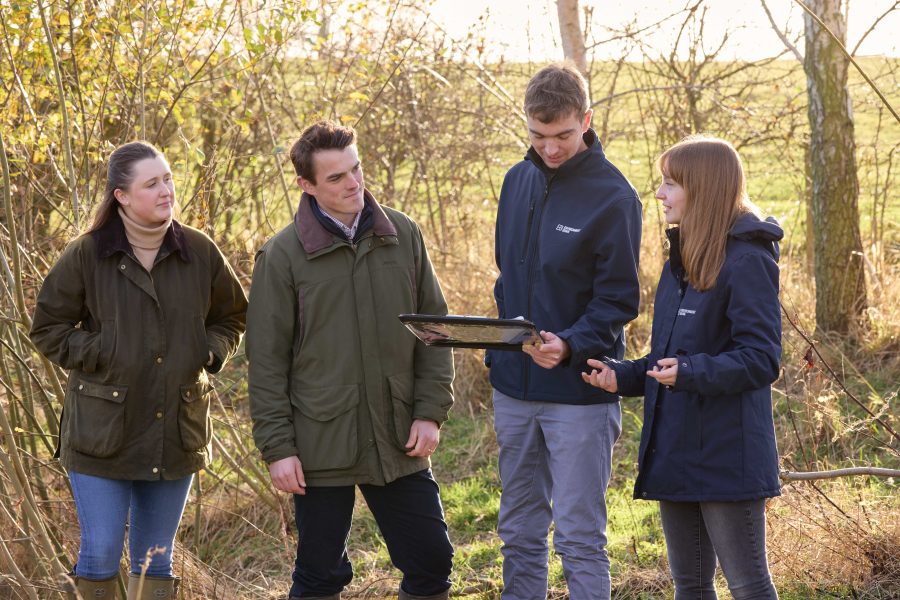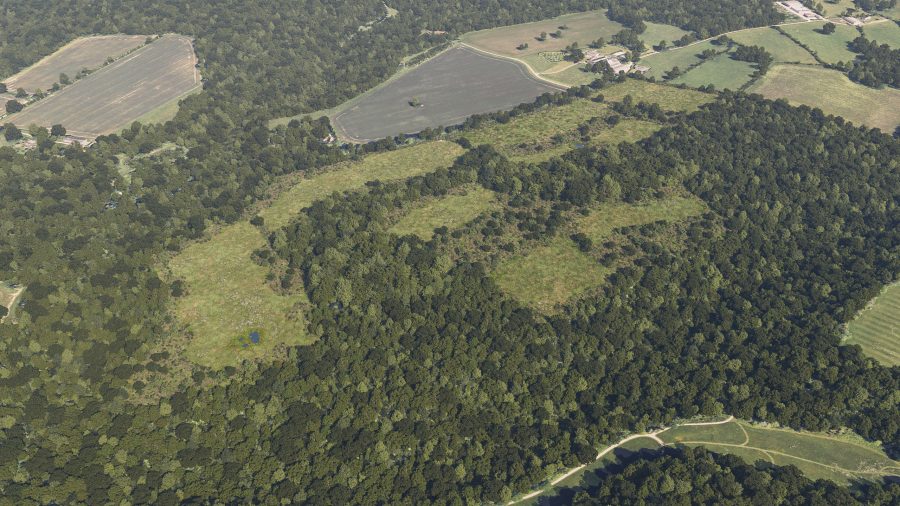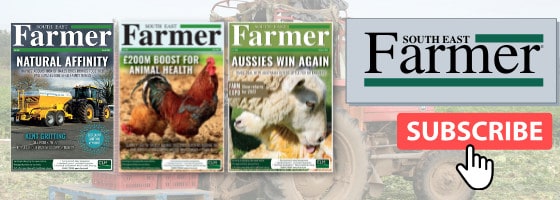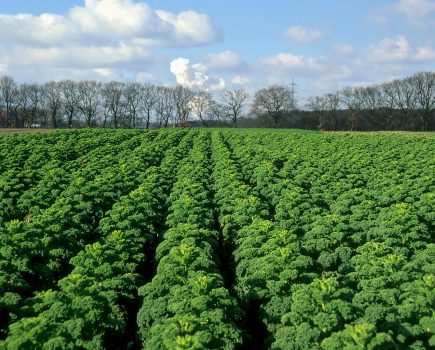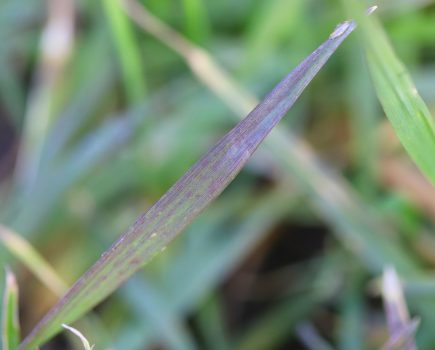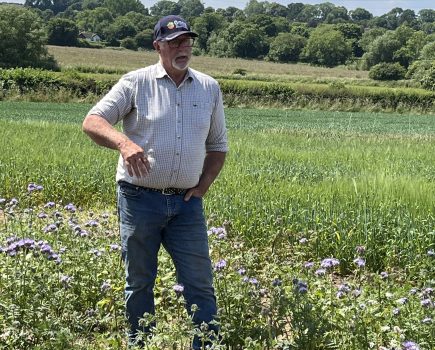Environment Bank explores how Biodiversity Net Gain (BNG) is helping to build long-term resilience for farm businesses across England.
Why are so many farmers interested in BNG?
Many farmers have parcels of land that are challenging to farm, but this can make them ideal for things like BNG.
BNG Habitat Banks are most profitable when the land starts out low in biodiversity, often the case on low-productive farmland. A low-biodiversity baseline gives you the potential to create the highest uplift and generate the maximum number of Biodiversity Units which can be sold for BNG.
Farming can continue on the wider holding and, often, the Habitat Bank too – with activities like hay cutting and low-intensity livestock grazing. While the farming system may change, the land can remain productive, and farmers can help manage the habitats using skills already in their wheelhouse.
Unlike rewilding-related projects, BNG doesn’t require huge swathes of land. We typically require at least 25 acres where new habitats will help support the wider farming business rather than changing the land use across the entire holding.
How can BNG support agriculture?
Nature projects of all sizes have helped to build farm resilience – planting trees and shrubs can improve flood mitigation, and creating meadows and grassland can reduce soil erosion and runoff, just to name a few.
People outside the world of agriculture might think farmers are only driven by high yields or outputs. But the farmers we work with see themselves as stewards of the countryside making their land more resilient for the next generation – in both financial and environmental terms.
A diversified income stream can help fill the funding gap and provide secure funds to make business improvements like newer machinery, more sustainable livestock, or other projects like building conversions.
Why are farmers partnering with Environment Bank?
The key thing for farmers is having a clear, visible income stream. Our farmers know exactly what their annual payments will be for the next three decades – that’s incredibly valuable for business planning.
We also prioritise agricultural management. We rarely start a Habitat Bank where hay cuts and grazing don’t play a role.
One landowner had previously sold their dairy herd because it was no longer sustainable for their business, but partnering with us allowed them to farm again with a far more sustainable system.
We fund and deliver all the habitat creation works and we secure the planning obligations. Landowners have the option to be as involved as they’d like. If they prefer a hands-off approach, that’s not a problem, but most of our partners want to get involved, and that’s great too!
The success of the Biodiversity Unit market has really given landowners confidence in diversifying their income with a BNG Habitat Bank
How does Environment Bank create and share revenue?
We have a strong Biodiversity Unit sales pipeline from our Habitat Banks, with customers including household names like Aldi and National Grid. Any revenue from these sales that exceeds our forecast target for each Habitat Bank is shared 50/50 with the landowner.
While our agreements mitigate as much risk as possible, we appreciate that our farmers are still tying up multi-generational assets for a considerable time – so if BNG sales exceed expectations, it’s only fair that they get to share in the upside.
Farmers can be wary of private finance entering the rural space. That’s why we aim to lease rather than buy land – so local people retain their ownership.
We always try to hire local contractors (or work with the farmers themselves) to help us deliver habitat creation works because it’s a fantastic way for us to support local business.
How robust is the BNG market?
A year since BNG policy came into effect, the success of the Biodiversity Unit market has really given landowners confidence in diversifying their income with a BNG Habitat Bank.
We’ve built a fantastic team here at Environment Bank and we’ve become a trusted BNG partner for farmers around England.
We’re proud to say that we’ve got the nation’s largest and fastest growing network of BNG Habitat Banks. Across this network, we’re creating thousands of acres of thriving new habitats alongside incredible farmers.
We’re helping to channel funds directly into the rural economy at a time when it’s needed most – and it’s already making a real difference for farmers and their businesses.
We are looking to create BNG Habitat Banks in the south east, visit our website to find out more environmentbank.com/land
